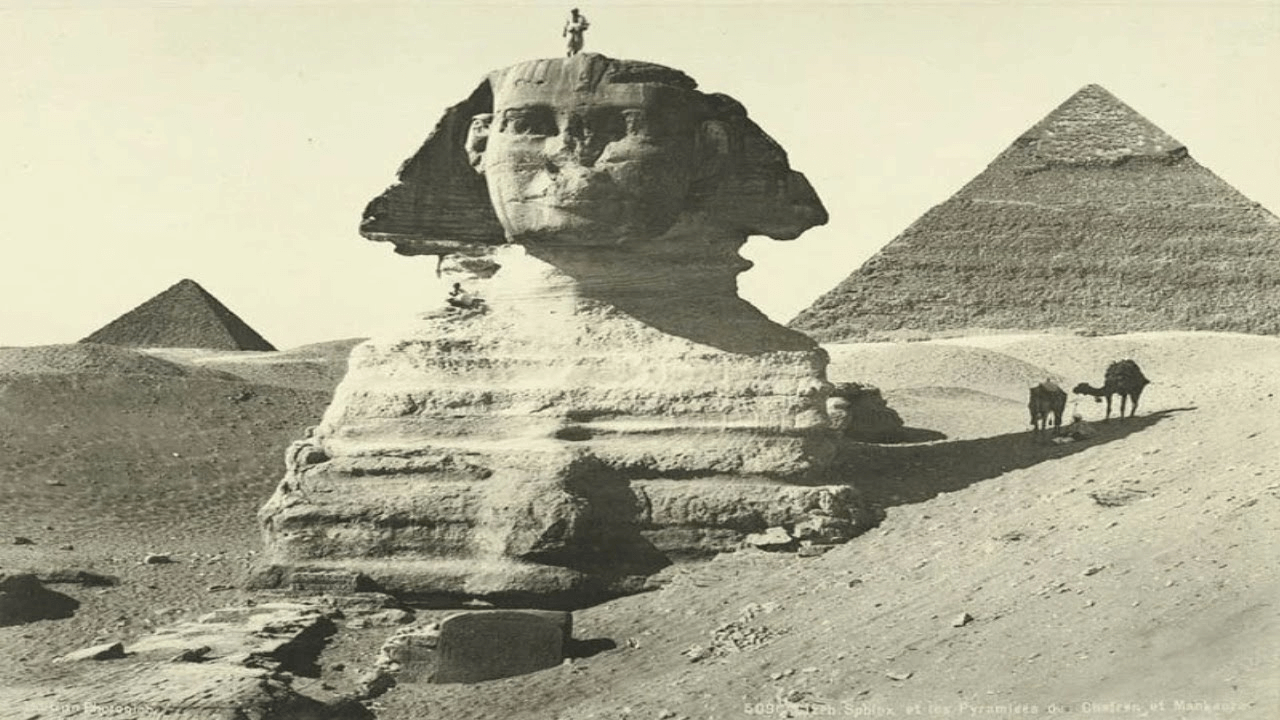Delve into the intriguing possibilities of ancient globalization with this exploration into the potential encounters between Asians and Romans. As we unveil the mysteries of historical connections, we ponder the question: Did Asians reach Rome? Join us on a journey through the annals of time, where new discoveries and deciphered ancient texts shed light on the complex tapestry of interactions between diverse cultures.
While Greco-Roman explorers are well-documented in historical narratives, this video focuses on the lesser-known narrative of individuals from Asia who may have made their way to Rome. Delving into the realm of exploration, trade, and cultural exchange, we unravel the stories of those who undertook the arduous journey from Asia to the heart of the Roman Empire.
Discover the cultural and traditional imprints left by these travelers as they navigated the unfamiliar terrain of Rome. What accomplishments did they achieve, and how did their presence influence the rich mosaic of Roman society? Uncover the shared legacies and the cultural fusion that may have occurred as a result of these cross-cultural encounters.
In this video, we bridge the gaps in historical understanding, embracing the evolving narrative of ancient globalization. As we learn more about the interconnectedness of civilizations, we strive to appreciate the diverse contributions that individuals from Asia may have made to the ever-expanding canvas of Roman history.











































